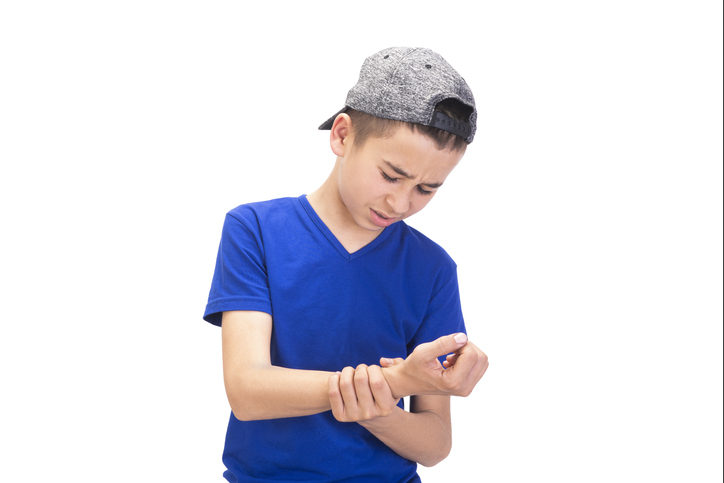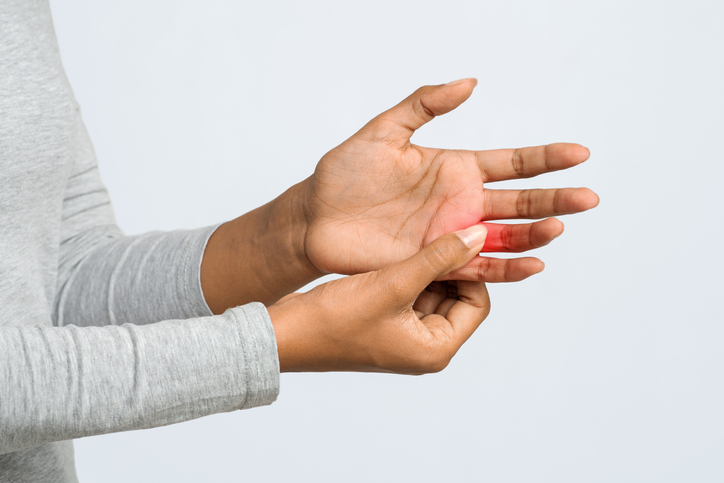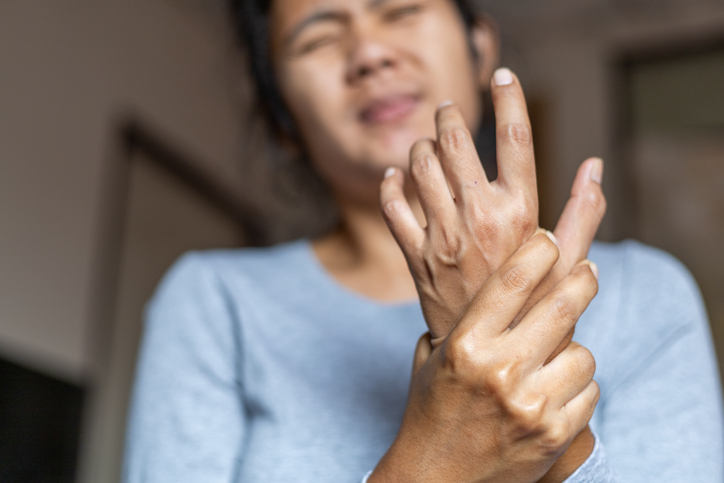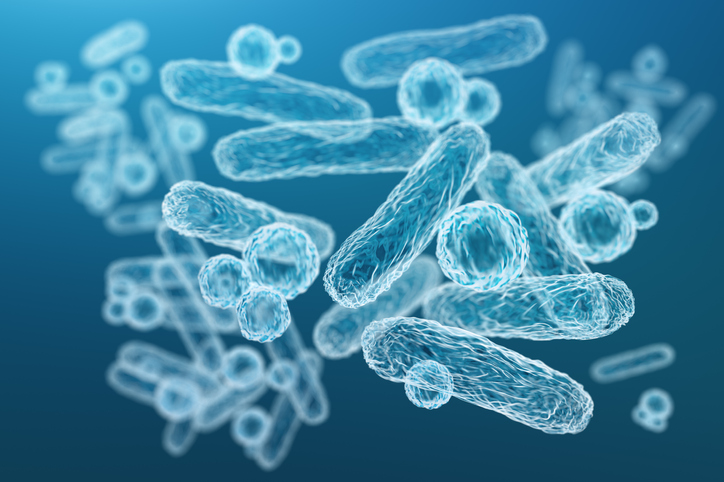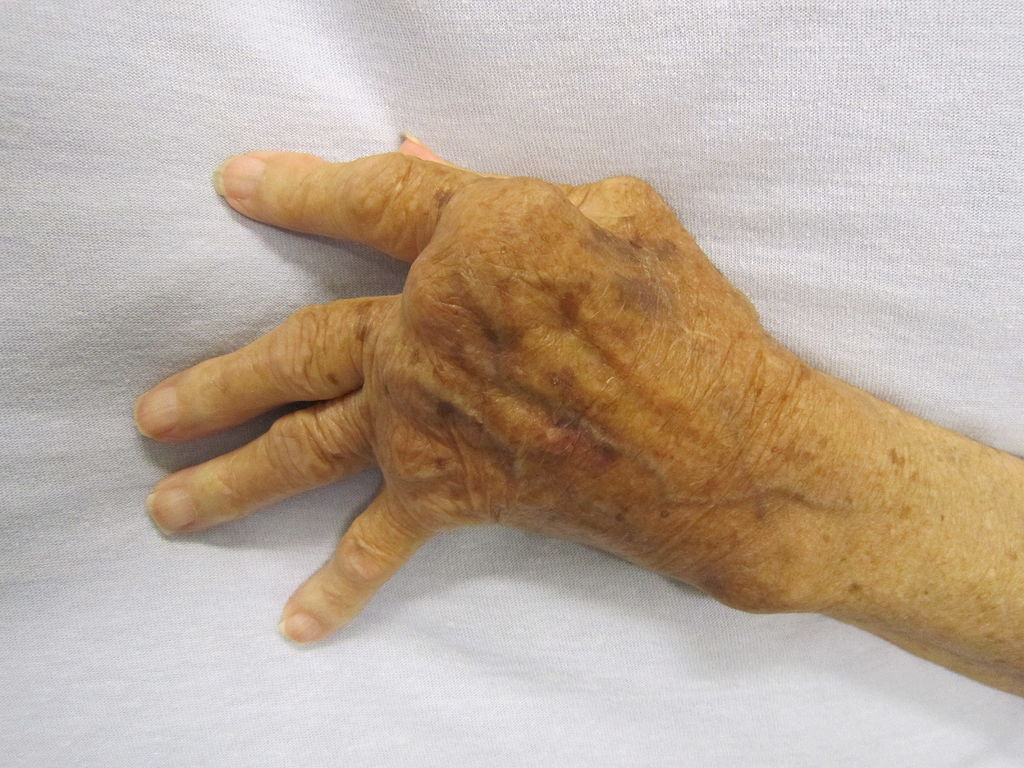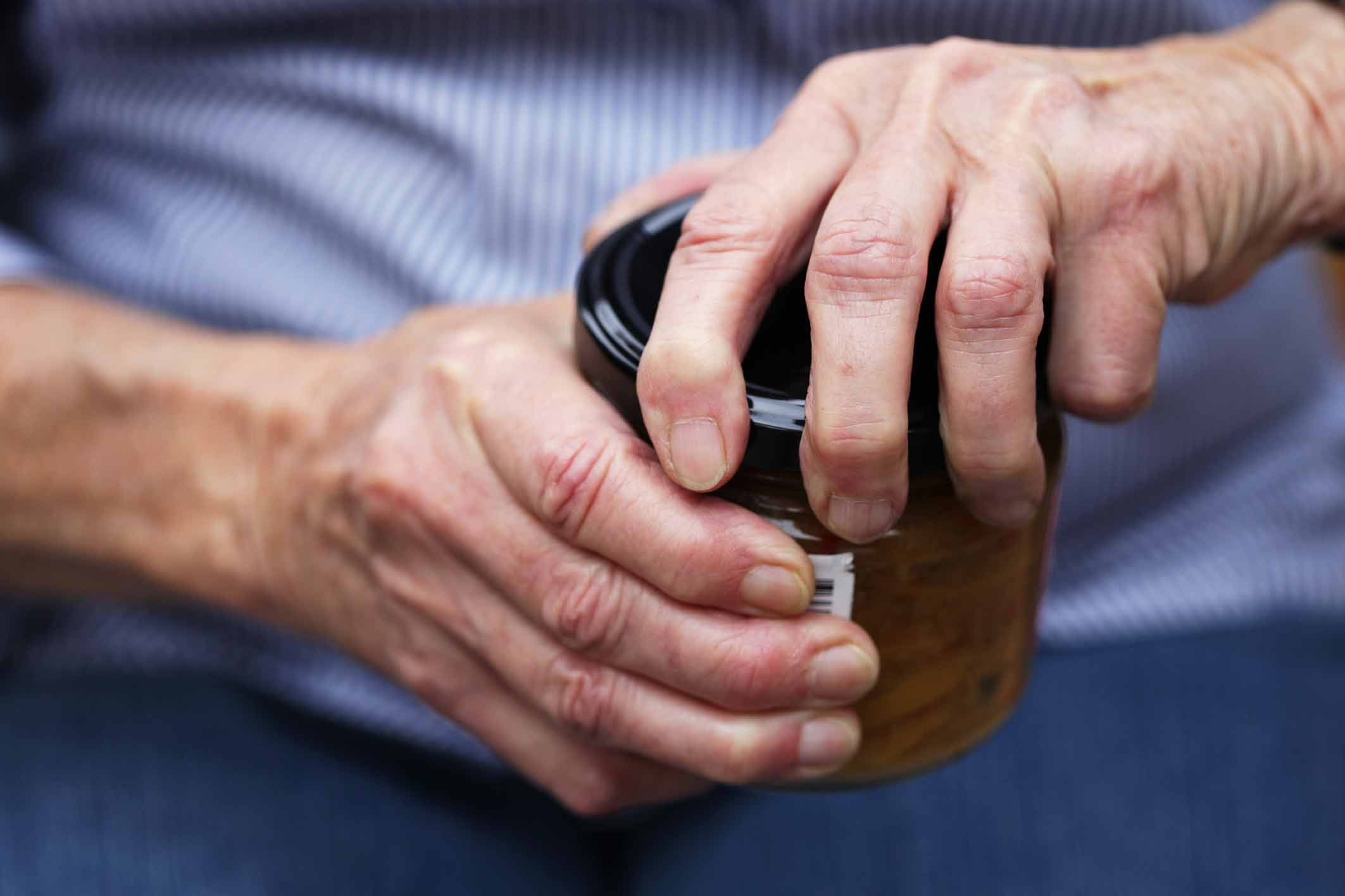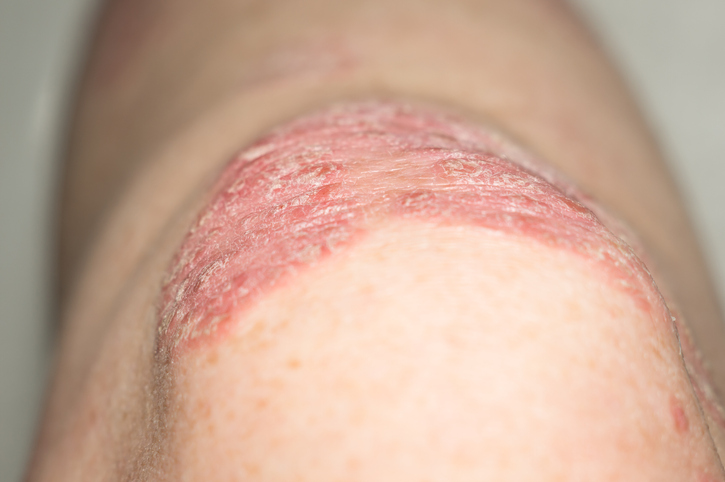Pain
Progression and Possible Complications of Juvenile Idiopathic Arthritis (JIA)

What is juvenile idiopathic arthritis?
Juvenile idiopathic arthritis (JIA), formerly known as juvenile rheumatoid arthritis, is the most common type of arthritis in children 16 years or younger. It is an autoimmune disease in which the immune system mistakenly attacks healthy cells and tissues in one or more joints, causing pain, swelling, and stiffness. Unlike other forms of arthritis, a child with JIA can outgrow the condition, but bone development may be affected.
A diagnosis of juvenile idiopathic arthritis requires that the child be 16 years or younger with swelling and inflammation in at least one joint for no less than six weeks.
Prognosis
The prognosis for children with juvenile idiopathic arthritis is generally good, but disease progression and complications can occur. The progression and complications of JIA vary depending on the type, severity of symptoms, and other factors.
Progression
Many children with juvenile idiopathic arthritis experience periods of worsening symptoms (flares) followed by periods where symptoms improve or disappear (remissions). Flares may be related to an illness or infection or may not have an identifiable cause.
In some cases, children diagnosed with juvenile idiopathic arthritis experience permanent remission — symptoms disappear and do not return. Children with JIA affecting four or fewer joints are more likely to go into remission. Drug treatment can also lead to remission. If symptoms are controlled through medication for 6 to 12 months, the medication may be tapered. If the symptoms do not return, JIA is considered to be in remission.
In other cases, children diagnosed with juvenile idiopathic arthritis gradually develop more severe symptoms that spread to other joints. Arthritis and joint problems may persist into adulthood. Children who have five or more affected joints, early involvement of the hip or wrist joints, or systemic arthritis are more likely to experience progression and complications.
Possible complications
Untreated juvenile idiopathic arthritis can lead to complications involving the joints and other parts of the body. Possible complications include, but are not limited to, the following:
- Eye problems, such as eye inflammation, which can lead to cataracts, glaucoma, or loss of vision
- Growth issues, which may be caused by JIA or by corticosteroids used to treat symptoms
- Anemia
- Long-term, chronic pain
- Joint damage
- Uneven limbs
- Pericarditis (swelling around the heart)
Health effects associated with specific types of JIA include, but are not limited to, the following:
- Difficulty chewing, brushing or flossing
- Neck pain and stiffness
- Abdominal pain and diarrhea
- Shortness of breath
Early diagnosis and treatment are crucial to help prevent both the progression and complications of juvenile idiopathic arthritis.
